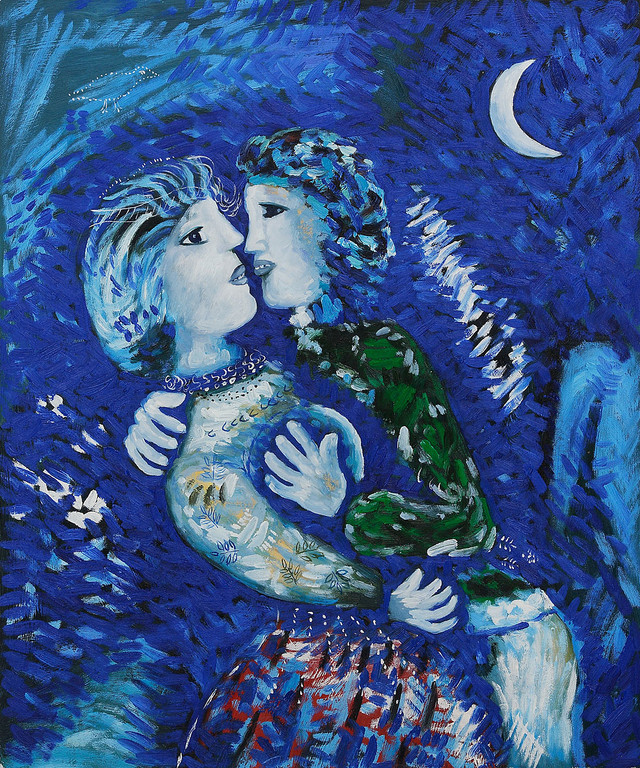Philadelphia: The City of Brotherly Love and Museums
I’ve always been fond of the city of Philadelphia. With the President’s week vacation around the corner, I couldn’t think of a better place than Philadelphia, a city rich in American history and culture, to visit. I have also found it to be a very easy city to enjoy and explore the historical sites and fabulous museums. The newly renovated Constitution and Liberty Bell Center is a great place to start. Then you can hop right across the street to the Ben Franklin Institute and enjoy hands-on-exhibits of the human body, electricity, etc.
For the younger set, the city also has my favorite children’s museum, Please Touch. It has some tremendous hands-on-exhibits such as a complete recreation of the famous children’s book “Where The Wild Things” are by Maurice Sendak, a supermarket to teach children about food and money, a television station and while perhaps outdated but still relevant, a real payphone to teach children about using the telephone especially in the event of an emergency.
Besides attractions for the history buffs, scientists and children of all ages, there’s also the fabulous Philadelphia Museum of Art. The museum is among the largest in the United States, with more than 200 galleries showcasing more than 2,000 years of creativity in painting, sculpture, works on paper, photography decorative arts, textiles and architectural settings from Asia Europe, Latin America and the U.S.
Opening at the museum next week is an exhibit by the renowned and one of my favorites, Marc Chagall, and his years in Paris. Born Moishe Shagall in Belarus in 1887, he eventually became known as a French artist, Chagall was one of the most successful artists of the 20th century. He had two basic reputations, a pioneer of modernism and a major Jewish artist. He created unique works in practically every artistic medium including painting, book illustrations, stained glass, stage sets, ceramic, tapestries and fine art prints.
His most important work was created on the eve of World War I when he traveled between St. Petersburg (Russia), Paris and Berlin. During this time, he created his own mixture of style of modern art based on his visions of Eastern European Jewish Culture. Using the medium of stained glass, he produced windows for the cathedrals in Reims and Metz, the United Nations and the Jerusalem windows in Israel.
I have fond memories of seeing these windows that “illuminate” the synagogue of Hebrew University’s Hadassah Medical Center. There are a dozen windows that depict the 12 tribes of Israel. He envisioned the synagogue as a “crown offered to the Jewish Queen” and the windows of translucent fire.” I also recall admiring some of his large-scale paintings such as the ceiling for the Paris Opera and works on display at his home and museum in the South of France.
During Chagall’s time in Paris, as this upcoming exhibit, called “Paris through the Window: Marc Chagall and his Circle, depicts his synthesis of the art forms of Cubism, Symbolism and Fauvism and the influence of Fauvism that brought about Surrealism. Nonetheless while his style evolved, he remained emphatically a Jewish artist whose work reveres the life in his native village of Vitebsk, You will see some of these themes in the upcoming exhibit and a celebration of the cosmopolitan culture and modernity of Paris.
During the early 20th century, Paris attracted a magnitude of artists from Eastern Europe. Most painters and sculptors settled around Montparnasse, which, even today, is filled with cafes and art galleries. On my visits to Paris, I recall seeing many a budding artist lining the cobblestone streets with their easels. It was in Montparnasse that artists such as Chagall, Alexander Archipenko, Moise Kisling, Jacques Louis Marcousis, Amedeno Modigilani, Chana Orloff, Jules Pascin, Margit Pogany, Chaim Soutine and Ossip Zadkine set up studios and discovered each other’s work.
While this exhibit mainly focuses on Chagall’s paintings between 1910 and 1920 including Half Past Three (The Poet), it also includes at least 40 paintings and sculptures by these émigrés whose work was imbued with the spirit of modernism a la Chagall and their cultural heritage.
To take advantage of the opportunity to see this extraordinary exhibit and the city of Philadelphia, visit the museum’s website at www.philamuseum.org, visitphiladelphia.com or your local travel professional.
Copyright Marcia Abramson
E-mail: mascribe@aol.com






